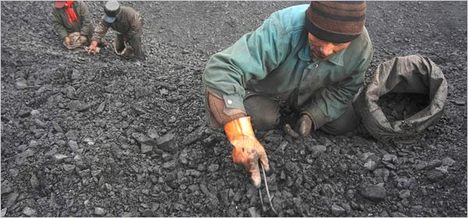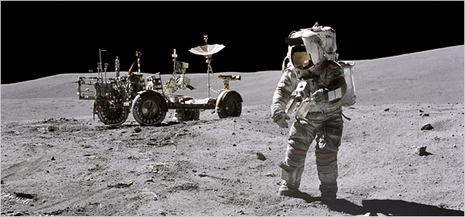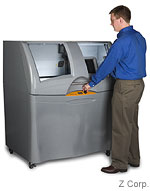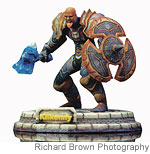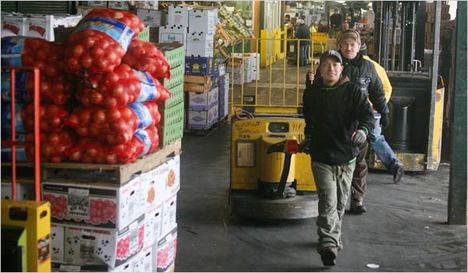 "Fred Mitschele with his high-tech meter." Source of photo: online version of the NYT article quoted and cited below.
"Fred Mitschele with his high-tech meter." Source of photo: online version of the NYT article quoted and cited below.
Hight-tech parking meters like the ones described in the article quoted below, could be used to make real-time changes in parking prices. Higher rates during busier periods, would assure available spaces, which would reduce wasted time searching for parking spaces, thereby reducing congestion, and pollution.
(p. 14) If drivers want to use cash, the meters, which connect to a wireless network, can send text messages to the drivers’ cellphones to remind them to add more money.
The meters also communicate with traffic officials who can track which meters are being used and which ones need to be ticketed and serviced. To ensure that drivers do not skip out without paying, sensors the size of hockey pucks buried in the asphalt detect when cars pull in. A camera inside the meter takes pictures of license plates to help with enforcement.
. . .
The meters are just one example of how telecommunications are increasingly being integrated into toll and fee collection. E-ZPass, for instance, relies on radio frequency tags, cameras and networks to transmit data.
For the full story, see:
(Note: ellipsis added.)

